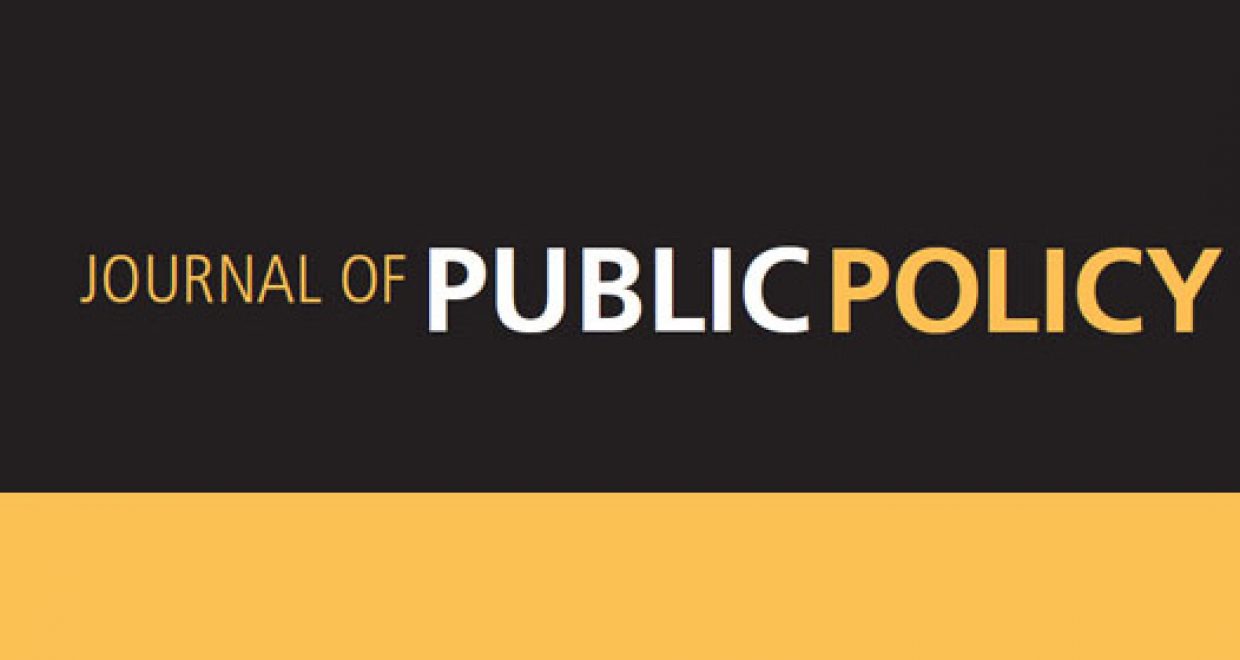Why do regulators network?
Networks of regulators are a well-established feature of the European Union system of governance. For a long time, the academic debate emphasised that networks were created in order to ensure a degree of convergence in regulatory policies across the EU, given the absence of supranational Euro-regulators. However, assessments of European regulatory networks’ ability to foster convergence across the EU have often failed to discern their impact. This contribution shifts the focus of attention from the stated aims of European networks to the actual reasons for regulatory networking.
What explains regulatory networking? More specifically, how do regulators benefit from networking with their peers? Several contributions have underlined the importance of regulatory networks as platforms for the exchange of information and expertise between regulators. But what are the drivers of such exchanges? How do regulators choose their closest network partners? My recent contribution in the Journal of Public Policy sheds some light on these matters by examining the empirical case of the network of European national energy regulators. I formulate four key hypotheses, deriving from the following considerations.
Firstly, I consider that national regulatory authorities would benefit more from networking with peers overseeing similarly organised markets in similar political economies, since they are most likely to have come across similar challenges. Hence, I hypothesise that regulators are homophilous in their network choices, which means that they tend to network more with peers overseeing similarly organised markets as themselves.
Secondly, I consider that regulators use networks in order to access the expertise of colleagues overseeing more advanced markets. The European regulatory framework for energy markets is premised on the introduction of private capital into the sector, liberalization and independent regulation. These characteristics correspond to a liberal market model, which the British market meets most closely. Hence, I expect the British regulator to be overall more sought after than its peers.
Thirdly, I consider that regulators may use networks in order to access more expertise and information than they possess or are able to acquire. I use measures of regulators’ budgetary and staff resources as proxies of their likelihood to possess more information and expertise and hypothesise that regulators with lower resources tend to network more (i.e. have more outgoing ties) than regulators with higher resources.
Finally, I consider that electricity and gas infrastructure crosses borders. The geographical aspect of energy infrastructure weighs on regulators’ networking patterns, as regulators have more occasion to communicate with peers overseeing the other side of a cross border interconnection. Hence, I hypothesise that regulators tend to have their most frequent, regular ties with regulators from countries interconnected with their own.
I set up an Exponential Random Graph Model of European energy regulators’ ties to each other using original data gathered from regulators themselves. ERGMs are explanatory models, revealing whether the observed network structure is plausible given the number of nodes, the ties amongst them, and their characteristics. The results strongly support three of the hypotheses I formulated: regulators tend to network more with peers overseeing similarly organized markets in similar political economies; the British regulator is, all else equal, relatively more sought after than the rest of its peers; and the geographical aspect of infrastructure interconnections matters to explain regulators’ ties, but only insofar as electricity is concerned. As concerns resources, results show that regulators with medium staff resources are more likely to have outgoing ties than regulators with large resources, but no significant difference emerges at other resource levels.
These findings hold several implications for our understanding of regulatory networks, in the European Union and beyond. Firstly, they specify the mechanism whereby regulators exchange expertise and information; secondly, they underline the importance of the national political economy for explaining regulators’ transnational networking decisions. The results of the analysis also suggest that regulators stick with a limited set of network interlocutors and rarely branch out to others. Hence, the establishment of more formal arrangements (e.g. the European Agency for the Coordination of Energy Regulators) were probably necessary to foster cross-European interaction and, eventually, a higher degree of regulatory convergence.
– Francesca Pia Vantaggiato
– The article ‘The drivers of regulatory networking: policy learning between homophily and convergence‘ upon which this post is based is available on FirstView from the Journal of Public Policy and is free access until the end of August 2018.




